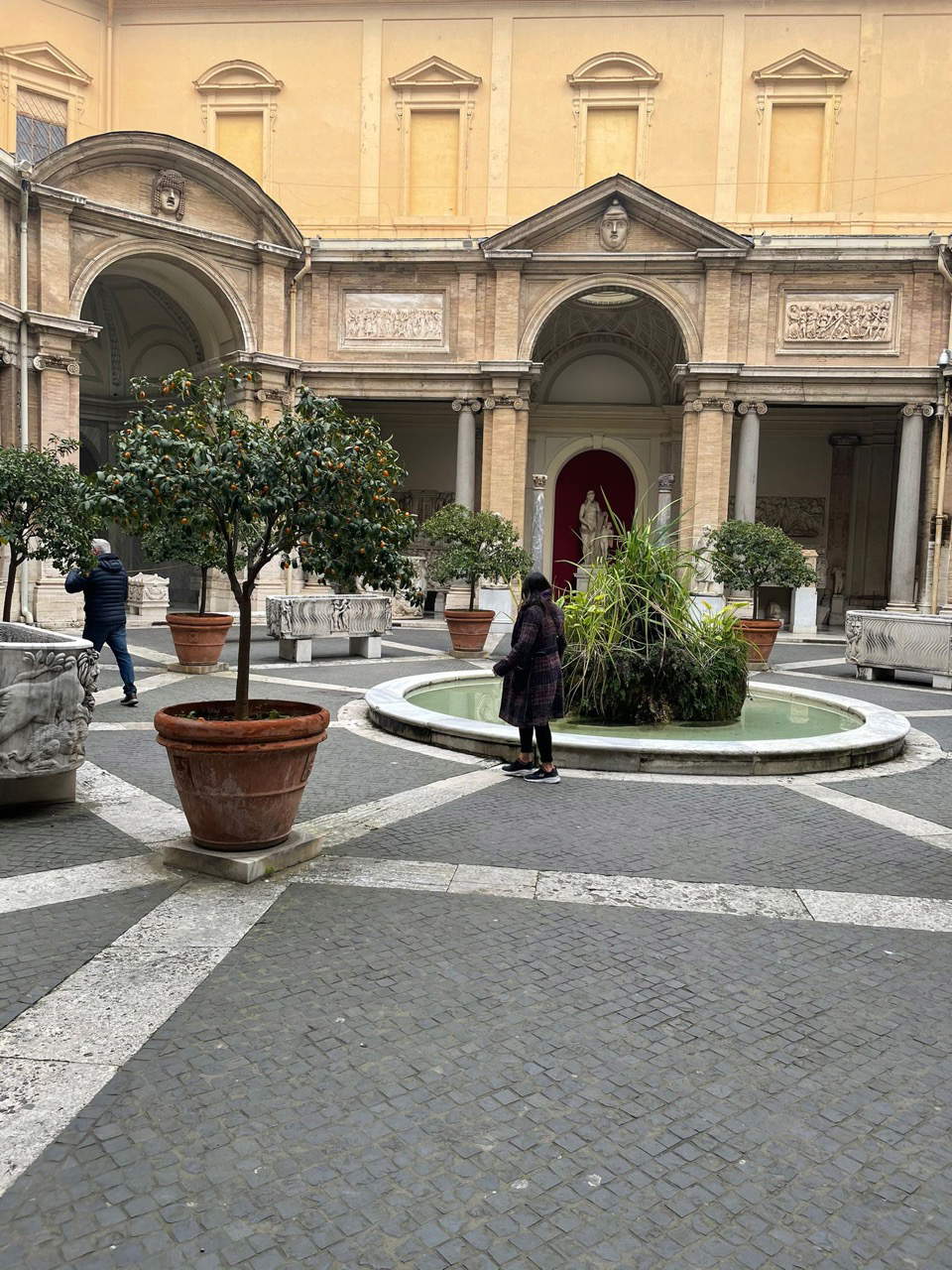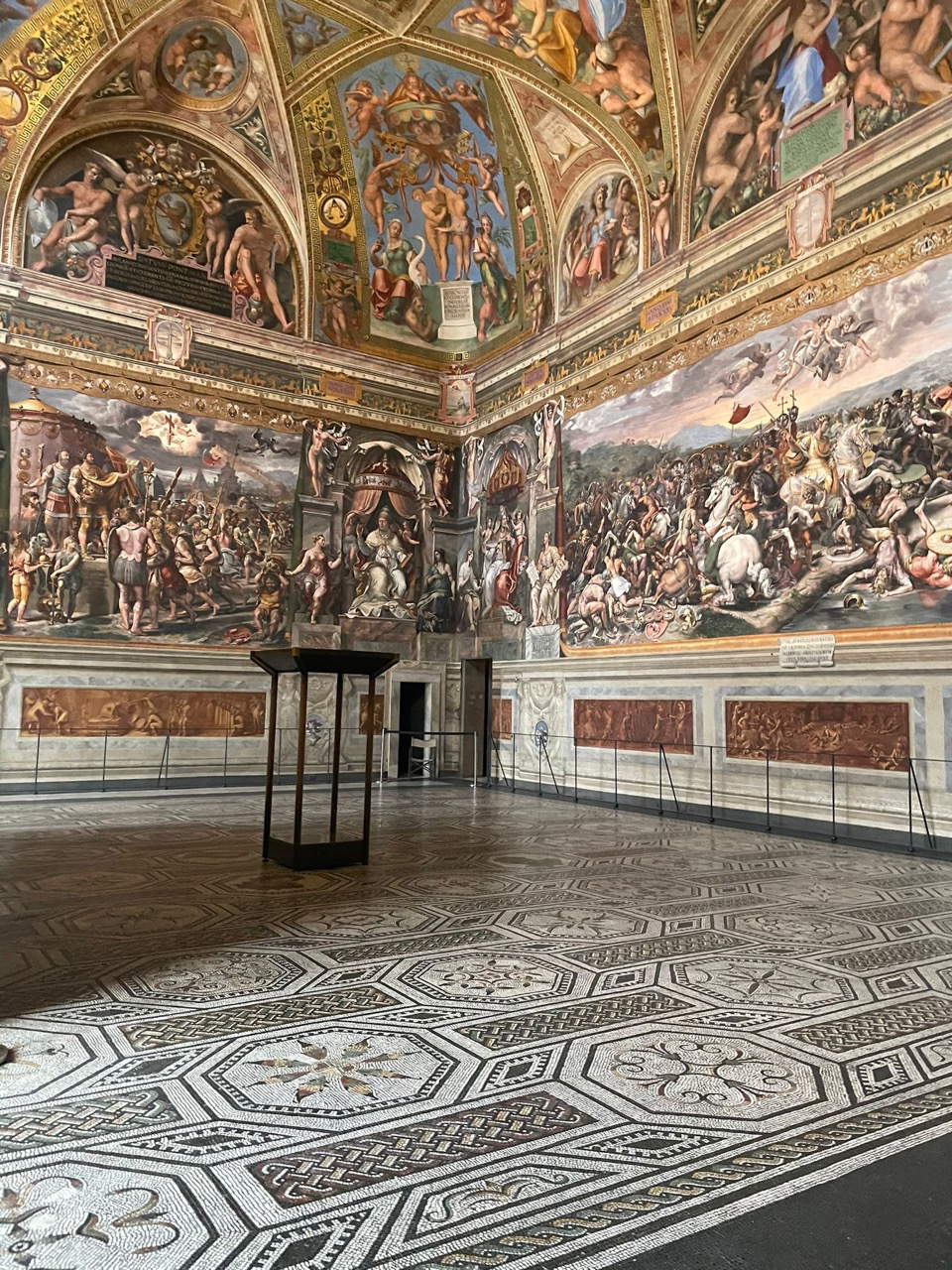We are bitter that the “denunciation” made by a tour guide via social and media about last Saturday’s crowd in the Raphael Rooms at the Vatican Museums was used by the press and TV for articles with scandalistic and apocalyptic tones. A single and temporary episode of assemblage in a museum risks damaging the entire sector, which is already on its knees. For guides, museums and monuments are the workplace: from those we are lucky enough to illustrate a few times in our lives because they are rarely requested, to those we enter and leave daily, sometimes two or even three times a day, such as the Vatican Museums in peak season through 2019. Precisely because we “live” museums, we are able to witness from experience, on our own skin, with fairness, the conditions of every museum in Italy, pre- and post-Covid.
We can therefore say with certainty that museums, in the months that were open last year between the first lockdown and the second closure in November, were among the safest places on Italian soil. Because of the very strict regulations decided by security officials, they were so safe that it was difficult to enter them, let alone work in them. While Italians were lying on beaches attached to each other, while they were taking aperitifs in the places of the movida chatting and laughing with their faces without masks a few inches apart, while they were traveling clinging to each other on buses and subways, visitors to museums were circulating in deserted rooms with several square meters available for each individual. No one knows why, but the standards of square meters that applied to buses did not apply to museums, where the minimum area provided for each human being had to be about five times that allowed on transportation. As if talking about art and archaeology helped spread the virus. Last year, some of the world’s most famous museums allowed guided tours to be conducted by 5 people maximum; in others, tours have never been allowed since the start of the pandemic. In many museums, on the other hand (even just to visit them, without even talking) we played Monopoly: to room/box 1 you enter with 5 people, to room 2 only 2 can enter then the other 3 drop in and go directly to room/box 3. We went on like this for months, until the November closure. Italy’s museums and monuments have been restricted, for a year: the closed number imposed since the beginning of the post-Covid era prevents any gathering.
What happened Saturday afternoon at the Vatican Museums? There was an assemblage in a specific part of the complex (the Raphael Rooms, which are modest in size), which lasted for about half an hour, based on the testimony of dozens of guides who were there at different times. It is not true that too many tickets were sold, because the facility until two years ago housed five times the number of people present on Saturday. So much so that on the previous Saturday no problems had occurred. It was a human error in flow management, however, which, once detected, is corrected. Mistakes and assemblies can happen (and have happened) anywhere, even in Parliament.
 |
| Vatican Museums, the Octagon Courtyard, photograph taken on Tuesday, Feb. 16 at 2:30 p.m. |
 |
| Vatican Museums, the Octagon Courtyard, photograph taken Tuesday, Feb. 16 at 3 p.m. |
Any gathering is serious in the pandemic situation, whether it lasts 1 minute or 4 hours. However, we find it shameful to instrumentalize a single episode in the face of empty museums all over Italy, now and in 2019. Already, the decision to reopen them now only Monday through Friday, when almost none of the residents can visit, was hurtful. We clamored, we but also far more prestigious figures than us, including distinguished scholars and directors of major museums, to open them on Saturday and Sunday. The gloomy hues and alarmist phrases used by both those who reported the gathering to the media and the journalists who took them up and further emphasized them, even bouncing them off the foreign press, do more damage to the world of cultural heritage than a lockdown. They get the message across that museums are unsafe places from the point of view of health regulations, when it is exactly the opposite. And they get this message across among citizens and abroad.
The Vatican Museums have the merit of being the only institution during this period to reopen on a Saturday, in the lockdown of all “Italian” sites; the only museum where Romans were able to go on Feb. 13, testifying among other things how much Italians need and desire to regain possession of their cultural heritage. Since last year, when they reopen, they have strict rules to comply with health regulations. And they are among the very few institutions (in Rome, besides them, only the Colosseum Archaeological Park stands out) that have ensured health safety levels without harming work for tourism professionals, such as guides.
Those who pointed the finger at a single episode would do well to reflect on the image damage that certain phrases and articles do to the entire world of culture and, above all, to Italy. At a time when the crisis has left 25,000 guides and as many tour leaders without income in addition to the tens of thousands of workers in the tourism sector (employees of agencies and tour operators, hotels, etc.), slamming photos in the newspapers with end-of-the-world phrases in the face of an isolated and easily solved episode is the stupidest and most deleterious thing that can be done against the entire country. There are people who have been devoting every minute of their lives for a year to uplifting the sector and making it clear how safe cultural venues in general and Italian ones in particular are.
All of us as citizens, and in particular we guides as cultural professionals, must do our best to prevent risky situations from occurring; where we record any we must certainly and immediately bring them to the attention of the relevant bodies so that they are not repeated. However, the sensationalism and tone that have marked this affair have only the consequence of driving the citizenry away from cultural venues and giving our country a negative image that we will carry with us long after the pandemic is over.
Warning: the translation into English of the original Italian article was created using automatic tools. We undertake to review all articles, but we do not guarantee the total absence of inaccuracies in the translation due to the program. You can find the original by clicking on the ITA button. If you find any mistake,please contact us.